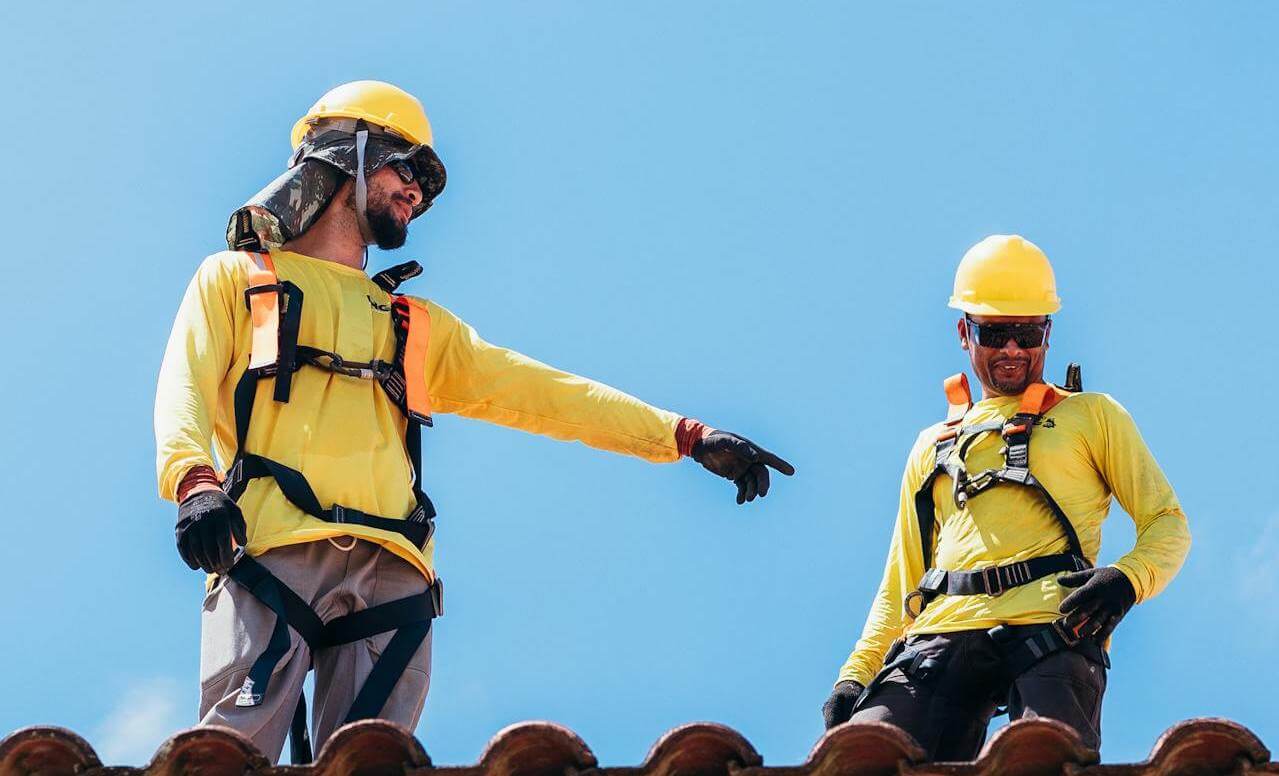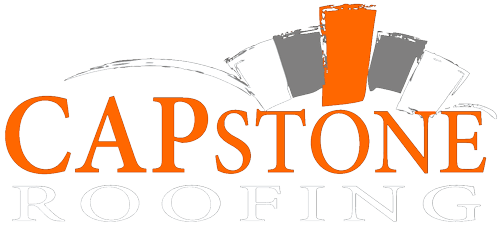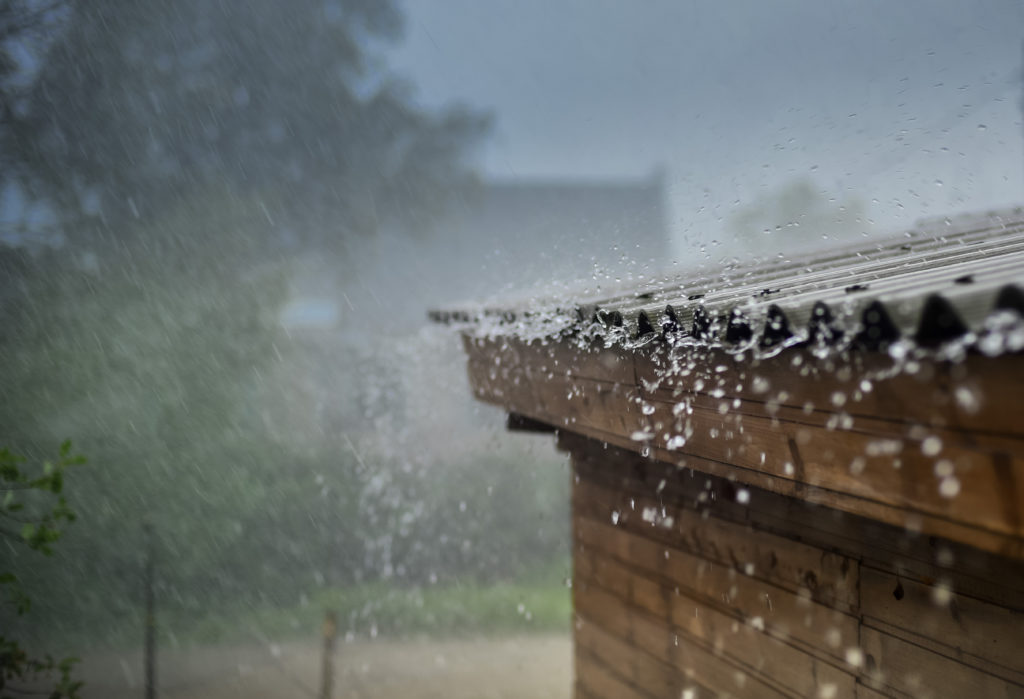When powerful storms roll through, your roof serves as the first line of defense against wind, rain, and hail. Over time, even minor damage can escalate into costly problems if it isn’t caught early. That’s why a storm damage roof inspection is crucial after severe weather, especially in Oklahoma. Understanding what a thorough inspection entails helps you know what to expect—and when to seek professional help.
Why Storm Damage Roof Inspections Matter
A roof inspection following a significant storm isn’t just about looking for visible leaks or missing shingles—it’s about safeguarding your home’s structural integrity. By catching damage early, you can often avoid more extensive (and expensive) fixes down the road. Sometimes, a quick repair is all you need. Other times, a storm damage roof replacement inspection may reveal that your roof is compromised to the point where replacement is the best long-term solution.
Key Benefits of a Prompt Inspection
- Prevent Water Intrusion: Undetected leaks can lead to mold growth, wood rot, and compromised insulation.
- Insurance Claims: Insurance companies often require professional documentation of damage to process claims.
- Safety & Peace of Mind: A compromised roof poses risks to the occupants and the overall structure of your home.
What’s Inspected During a Storm Damage Roof Inspection?
1. Shingle Condition
A primary focus of the inspection is the state of your shingles:
- Cracks, Curling, or Buckling: Hail and high winds can cause asphalt shingles to crack or curl at the edges.
- Granule Loss: When shingles lose too many granules, it exposes the underlying mat, reducing the roof’s protective capabilities.
- Missing Shingles: Severe wind or debris can dislodge entire shingles or large sections of them.
2. Flashing and Sealants
Flashings are metal strips placed around chimneys, vents, and skylights to prevent water infiltration:
- Damaged or Corroded Flashing: Storm debris or hail may dent or bend flashing, causing gaps.
- Worn Sealants: Sealants around flashing can crack under extreme weather, allowing water intrusion.
3. Gutters and Downspouts
Gutters help direct water away from your home’s foundation:
- Dents and Sagging: Hail can dent aluminum gutters, while heavy rain and wind can cause sagging.
- Clogs and Debris: Leaves, branches, and granules from damaged shingles can build up in gutters, leading to water backup.
4. Attic and Interior Signs
Sometimes, damage is more evident from the inside:
- Roof Decking: Inspectors check for water stains or mold on the underside of the roof deck.
- Leaks or Moisture: Peeling paint on ceilings or walls can signal water infiltration.
- Insulation Condition: Wet insulation loses effectiveness and may promote mold growth.
5. Ventilation Components
Proper ventilation extends your roof’s lifespan and improves energy efficiency:
- Damaged Vents: High winds can bend or dislodge vent covers.
- Blocked Ventilation: Debris can block air intake or exhaust vents, causing moisture buildup in the attic.
6. Chimneys and Skylights
Chimneys and skylights are especially vulnerable during storms:
- Cracked Masonry or Glass: Hail or debris can crack brick mortar, chimney caps, or skylights.
- Poorly Sealed Edges: Even minor gaps can allow water to seep in, especially in heavy rain.
 When Might a Storm Damage Roof Inspection Be Needed?
When Might a Storm Damage Roof Inspection Be Needed?
Sometimes, a simple repair just isn’t enough. If the inspector discovers extensive issues—such as widespread shingle failure, structural compromise, or significant water damage—a storm damage roof replacement inspection may be warranted. This in-depth assessment determines whether a partial or full replacement is the safest and most cost-effective solution. Indicators you may need a replacement include:
- Repeated Repairs: Frequent patches may indicate a deeper structural problem.
- Roof Age: Most asphalt shingle roofs last around 20 years. Storm damage could accelerate the end of that lifespan.
- Insurance Considerations: Some policies cover replacements if damage compromises your roof’s overall performance.
What to Do After a Storm
- Document Visible Damage: If you see missing shingles or gutter issues, take photos and notes.
- Schedule a Professional Inspection: A qualified roofer will conduct a thorough storm damage roof inspection, including attic and structural components.
- Review Your Insurance Policy: Some policies have strict filing deadlines, so act quickly.
- Obtain Repair or Replacement Estimates: Compare detailed quotes and timelines to determine the best course of action.
Finding a Reputable Roofer
Selecting a trusted professional to handle your storm damage inspection and any subsequent repairs can feel overwhelming—especially when you’re also navigating an insurance claim. Here’s how to streamline the process:
- Check Credentials
- Licensing and Insurance: Confirm that prospective roofers carry up-to-date state/local licenses and proper insurance (liability and workers’ compensation).
- Experience with Storm Damage: Opt for roofers who specialize in storm damage assessments and have a proven track record of handling insurance-related repairs.
- Ask About Insurance Claims Assistance
- A reputable roofer should be comfortable explaining how they work alongside your insurer. Look for companies that provide thorough inspection reports and photo documentation to expedite your claim.
- Read Reviews and References
- Check online platforms like Google, the Better Business Bureau, and social media. Ask roofers for client references, especially those who experienced significant storm damage or had to file insurance claims.
- Compare Estimates and Communication
- Obtain at least two to three estimates. Evaluate each company’s pricing, recommended materials, and warranties—not just the bottom line.
- Assess how quickly they respond to your questions and how thoroughly they explain each step of the process. Good communication is key when dealing with potentially stressful repairs.
- Look for Warranties and Written Contracts
- Established contractors will offer warranties on both materials and labor. Make sure all details—scope of work, timeline, costs—are clearly outlined in a written agreement.
Benefits of Working with a Professional Roofing Company
- Expertise and Equipment: Roofing professionals have the right tools and know-how to spot hidden damage.
- Detailed Documentation: Properly documenting storm damage is essential for insurance claims, and a professional report carries more weight.
- Safety First: Navigating a storm-damaged roof can be hazardous; trained professionals know how to inspect without risking injury.
- Quality Assurance: When replacement is recommended, working with a reputable roofer ensures the job is done correctly and your warranty remains valid.
Final Thoughts
A storm damage roof inspection is an essential step to protect your home from further issues, such as leaks, mold, and structural deterioration. From shingles and flashing to gutters and ventilation, a professional inspection helps you avoid costly surprises. If the damage is extensive, a storm damage roof inspection can confirm whether a new roof is the most practical long-term solution.
Ultimately, choosing the right contractor is critical. By verifying credentials, checking experience with insurance claims, and comparing written estimates, you can find a reputable roofer who will provide clear communication, quality work, and lasting peace of mind.
If you’re dealing with storm-related roofing concerns or need a professional opinion, Capstone Roofing is here to help. Contact us to schedule a comprehensive storm damage inspection, and let us guide you—from initial assessment through the final stages of repair or replacement—to ensure your home stays protected for years to come.


